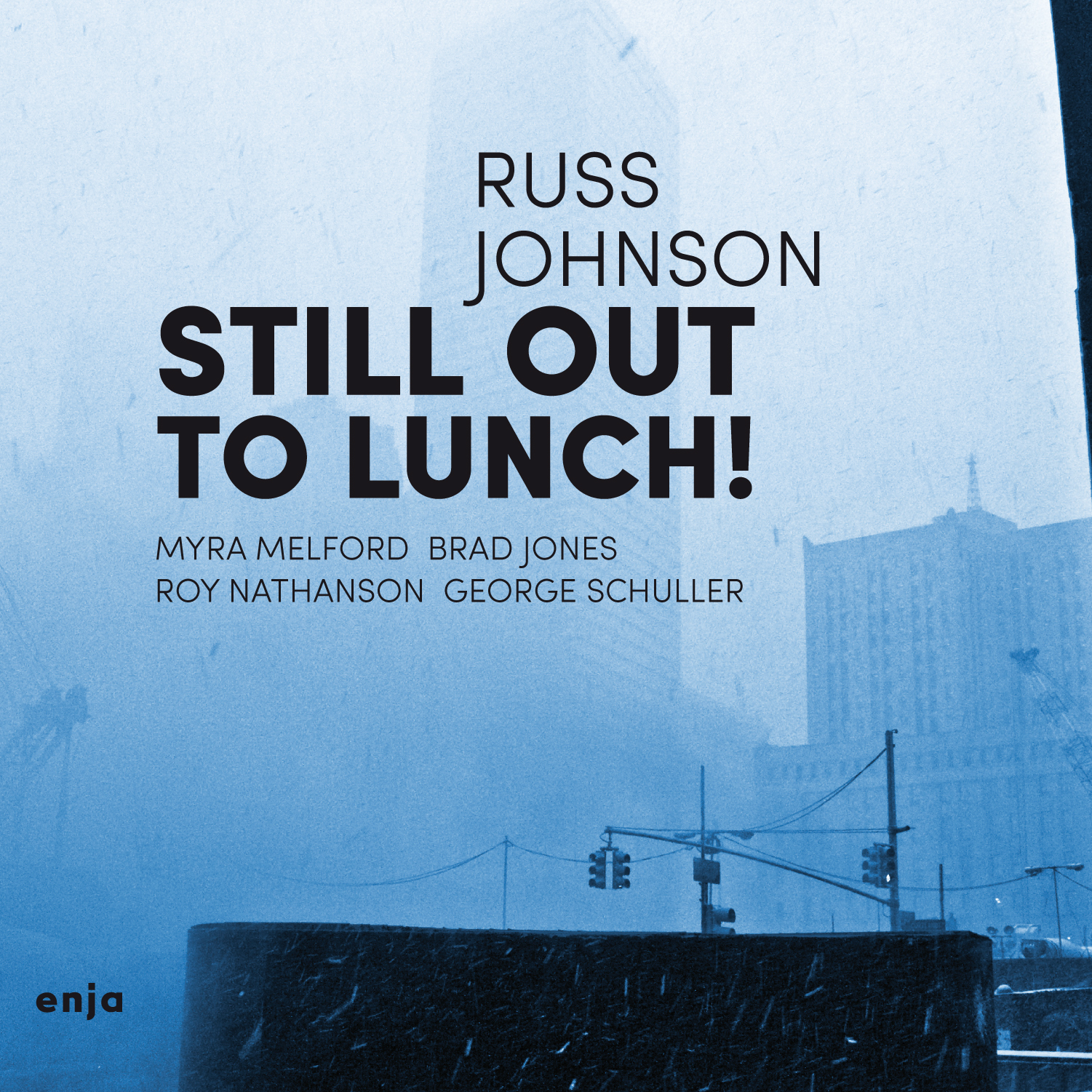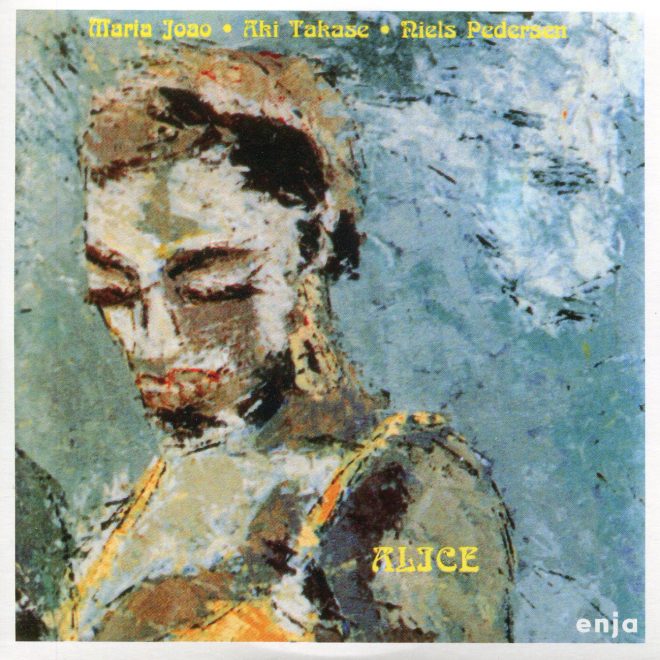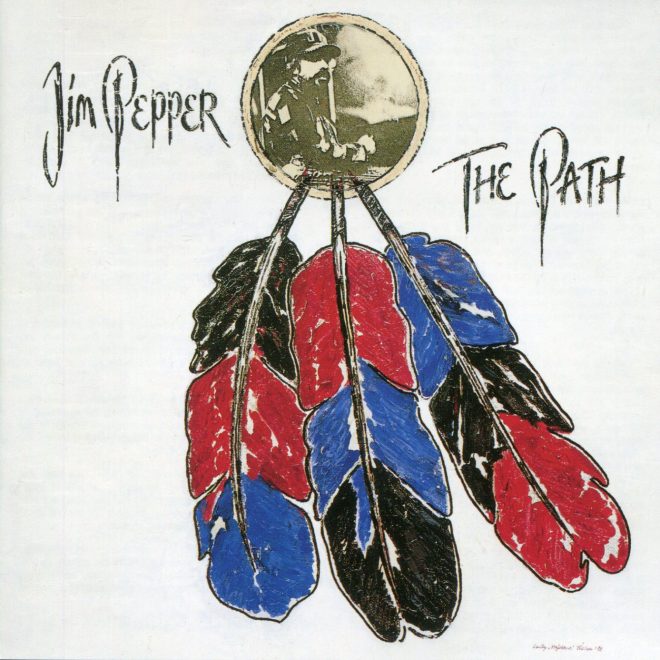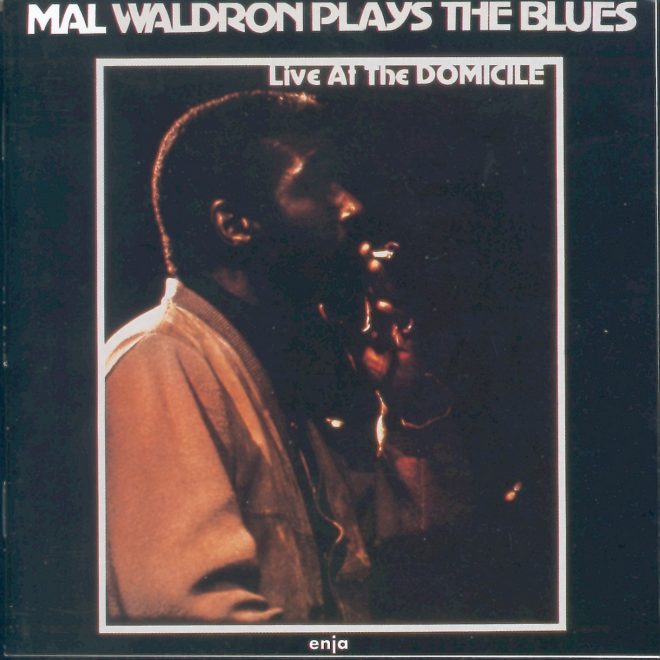Beschreibung
The recording Out To Lunch, 43 minutes of music composed and brilliantly realized by multi-instrumentalist Eric Dolphy (1928 1964) with an extraordinarily well-attuned, one-time-only all-star ensemble, is a masterpiece, late 20th Century jazz every listener serious about music — or just after a mind-opening experience — should hear.
And as trumpeter Russ Johnson with his superb collaborators prove on Still Out To Lunch, it’s the rare work of inspired collective improvisation that rewards revival. Johnson, alto saxophonist Roy Nathanson, pianist Myra Melford, bassist Brad Jones and drummer George Schuller here approach a 50-year-old classic with reverence but also regard for an imperative Dolphy would have undoubtedly endorsed — that if they choose to play his music they should be themselves. The players here are not Dolphy, Freddie Hubbard, Bobby Hutcherson, Richard Davis and Tony Williams, nor should they be. One great value of Still Out To Lunch beyond the music’s surface pleasures is that Johnson and company redeem the promise of the best repertory effort. More than revive art from the past, they make Dolphy’s music live as their own.
„I’ve owned and loved the album for 20 years,“ Johnson explained before debuting this project with this personnel in a concert at Merkin Concert Hall in New York City in 2008. „I’ve listened to it hundreds of times, and Freddie Hubbard’s solos, for instance, are fantastic. But my personal goal is to get away from his interpretation, and I don’t want the other musicians to be affected by the recorded solos, either. I want all of us to make music that’s true to Dolphy’s vision, but which hasn’t already been heard.“
The way Johnson does that, with Nathanson playing alto and soprano sax (rather than alto, bass clarinet and flute as Dolphy did), Melford playing piano (rather than vibes, Hutcherson’s instrument), Brad Jones on upright bass and George Schuller drumming, serves to complement and expand a program thousands of listeners already know and love. Still Out To Lunch comprises all five songs included on the original Blue Note LP, plus two never-before-recorded Dolphy pieces and a through-composed work by Gunther Schuller, Dolphy’s mentor and sponsor at the heart of jazz’s Third Stream movement (as well as drummer George Schuller’s father).
As in Out To Lunch, the players on Still Out To Lunch balance far-reaching exploration and strict formality, individualized voices and ensemble interplay. Doing so, they arrive at wondrous imagery, as concrete as a portrait of Thelonious Monk (subject of „Hat and Beard“), as lyrical as an art song („Something Sweet, Something Tender“). The musicians bring engagement and imagination to their investigations of Dolphy’s finely tuned scores, resulting in deep moods, evoking true feelings.
So while „Hat and Beard“ still starts with a whomp! and a sturdy walking bass, as soon as Melford makes her percussive entrance on piano we get a whole new perspective on Monk, grand master of keyboard mavericks and Nathanson brings his trademark beseeching quality to the sax break that Dolphy sketched like a cubist following an action figure. Johnson opens „Something Sweet, Something Tender“ with more growl and reflection than Hubbard favored while Jones bows cello-like, and when everyone enters they end the theme a melancholy akin to the blues. George Schuller sets up the title track as a slightly askew march that takes a sharp left when Johnson steps forward and Melford opens chords under him; Jones‘ solo holds the bass line despite taking the utmost freedoms with it, and Schuller abstracts the beat simply and swingingly.
Previously unrecorded, „Intake“ is the first part of an unfinished multi-movement Love Suite Dolphy had written for woodwind quintet (flute, oboe, clarinet, bassoon and bass clarinet, which he would have played), piano, bass and drums. As Johnson lays into its beguiling, hopeful line, „Intake“ seems out of the same folder that held „Something Sweet, Something Tender.“ „Gazzelloni,“ which Dolphy dedicated to the great Italian flutist of that name, here includes a brief combo dustup and another bass breakdown by Brad Jones.
„Little Blue Devil“ was initially the third movement of composer Gunther Schuller’s Seven Studies on Themes by Paul Klee, meant to (as Gunther has said) „stylize certain jazz elements and phrasing, relating them to the more advanced techniques of contemporary classical music.“ This rendition includes improv to fine effect: the elder Schuller’s saucy strains are captured by Johnson and Nathanson in a call-and-response duet. Their deliberately nuanced dynamic and harmonic blend towards the end would have left classical virtuosi in the ’60s wondering, „How do these jazzers do that?“
Similarly, „Straight Up and Down“ is a miracle of empathic interaction. Johnson is shadowed by Melford, then they change places, then they flow in parallel, together. Gradually, Nathanson, Jones and George Schuller join them for a kick of a conclusion and slow fade. „Song for the Ram’s Horn,“ a second Dolphy rarity, was transcribed from an obscure recording of his quintet featuring Herbie Hancock at Town Hall (NYC) in 1962. Johnson points the melody towards the Middle East, and Nathanson on soprano sax follows the same path, leading to Jones‘ noble arco statement.
„I had never done a tribute project,“ Russ Johnson says, „but jumped at the chance to do this one when Greg Evans [then Merkin’s curator of music] suggested it. Putting together the band, I figured it would be a one-off, but I’ve been surprised we continue to perform this material, several times a year.“
And the band has worked itself into intimate knowledge of Dolphy’s book. Johnson, Nathanson, Melford, Jones and Schuller are all busy as leaders, soloists or much-in-demand supportive talents, educators and clinicians. But there’s something about the sensibility Dolphy conjured up for Out To Lunch and other works from its period that binds them together. It is the same immutable aura that has drawn attentive ears, generation after generation, to the creative genius of a gentle, dedicated winds and reedman who died while in Europe of undiagnosed diabetes at age 36, having made his mark in league with John Coltrane, Charles Mingus, Ornette Coleman and yes, Gunther Schuller.
Dolphy’s music bridges genres, looks to both the natural world and advanced music theory and taps the inner senses of those who come upon it. In this, his best-realized project, Dolphy encouraged us to leave the mundane, try the new, dare to be transformed and even court transcendence. It must be hugely satisfying to play as it is to hear — these pieces, to wrestle with their odd twists and probe their intricacies for what they unlock in ourselves. We have Eric Dolphy to thank for creating this work and his troupe of 1964 for realizing it brilliantly. Now we thank Russ Johnson and band for reminding us that really magical mysteries remain potent forever and that new visionaries can always refresh the once and future avant-garde. The music they’ve made is sometimes weird, wholly unpredictable, familiar but different. It’s Still Out To Lunch.
Howard Mandel




